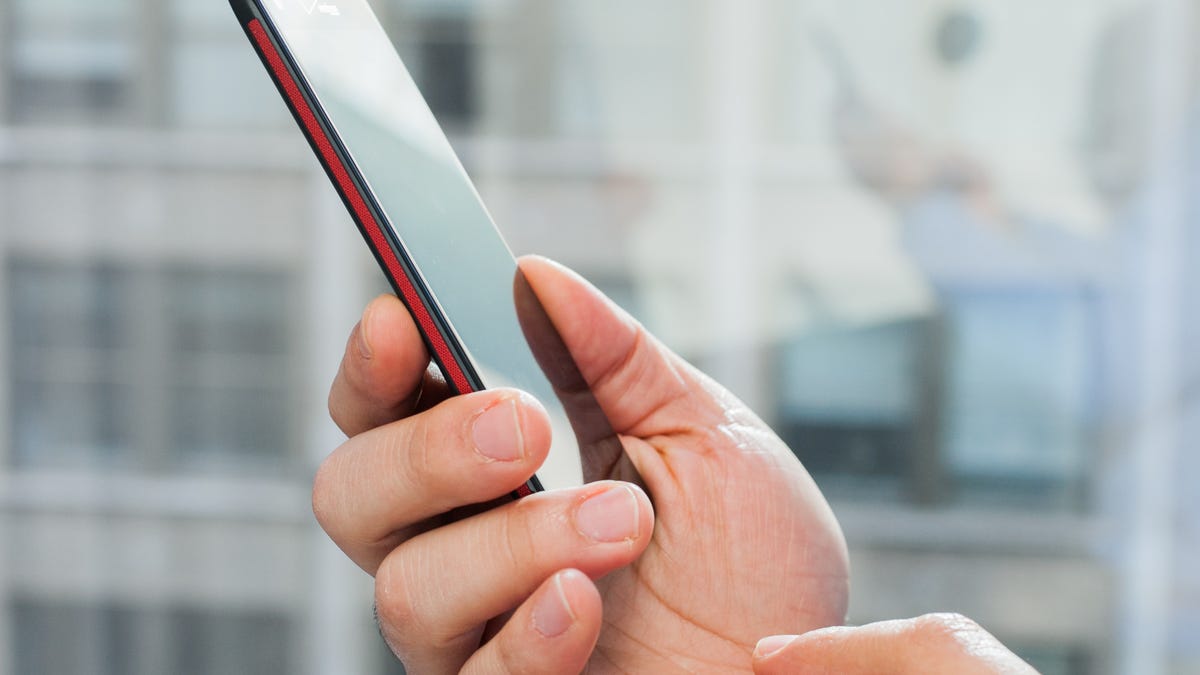Teach your Droid DNA some GSM tricks
Harness the Droid DNA's prowess to rock not just roaming on AT&T or T-Mobile.

One of the new HTC Droid DNA's unsung features is its ability to jump onto global GSM networks, which is great when traveling overseas. Verizon certainly thinks so, and thanks to an unlocked SIM card slot, you can also slip in an AT&T or T-Mobile card and flip the DNA over to operate on those carriers.
Now I first heard of the Droid DNA's freedom to link to American GSM networks from smartphone news site Android Central, and since I had just finished reviewing the DNA, my ears perked up right away. The question is, would you really want to port a gadget like the Droid DNA over to a carrier it wasn't designed for? For me the answer is: yes, absolutely.
That's because this hot piece of mobile hardware is extremely lust-worthy in its own right, no matter what network it grabs signal from. First of all, it's one of a handful of U.S. smartphones to boast quad-core processing. The DNA also runs powerful
Unfortunately as part of Verizon's Droid brand, the Droid DNA is exclusive to Big Red, which is a big pain for people who subscribe to other U.S. carriers. For that alone I had to see for myself whether the DNA's radio could be coaxed to grab hold of a local GSM signal correctly. In addition, though I'm technically a T-Mobile customer, I'm constantly taking multiple phones (from various cell providers) for test-drives simultaneously, which doesn't always work out smoothly. Sorry Google Voice, you're a great solution but sometimes you fail miserably and I would love to receive texts and calls reliably for a change.
Pop that LTE card
The first step was to power down my HTC Droid DNA test unit and pop open its LTE/SIM card slot. Located on the top edge, I just stuck a push pin (though a small paper clip could work) into the pin hole next to the slot. This ejected a tiny metal tray and the Verizon LTE SIM held within. Trust me, I know 4G LTE cards don't grow trees, so I stashed it in a safe place.
Insert your GSM SIM
Since the Verizon LTE card is the same size as a micro-SIM, I had no trouble placing my T-Mobile SIM in the Droid DNA's SIM tray. Once inserted I powered up the DNA and waited for the signal indicator to detect a signal.
Add an APN
When I saw a few bars of coverage appear in the top right of the Droid DNA's screen, I knew I was in business. Next I had to tell the phone what to do with its newfound GSM network. Within the Android settings menu, I tapped Mobile Data, then selected GSM/UMTS Options. From here I hit Access Point names and saw just one entry, VZWINTERNET -- the APN for Verizon's network.
To add access to T-Mobile, I tapped the Menu icon in the upper right, which gave me the option to add a new APN. From there it was simply a matter of punching in a few network settings that would enable to Droid DNA to talk to T-Mobile. These values are just a Google search away, but here's what worked for me.
Bye-bye LTE, hello HSPA
After I entered all the network info and saved them under this new T-Mobile APN, I rebooted the Droid DNA for good measure. When the the phone came back to life I was treated to, drum roll please: Edge. OK so that's not exactly the sexiness of Verizon's or even AT&T's blisteringly fast 4G LTE network. Still, at least I can now receive calls and texts as they happen, plus get texts sent to my actual mobile number, something that even Google Voice could never do, even when functioning properly. Of course the real blame for this problem l lay at the feet of the wireless carriers who I'm convinced block Google Voice at every turn they can. On the bright side, at least I can expect even longer battery life with LTE out of the equation.
Tricking the HTC Droid to grab hold of an AT&T GSM signal should go just as smoothly, even better I suspect since the phone supports the carrier's specific version of HSPA (1900 MHz). That said, I did notice that the Droid DNA flipped over to HSPA occasionally here in New York, if the big "H" by the signal indicator wasn't a mirage. When this happens again, I'll be sure to pay close attention, though I'm sure HTC will come knocking for its mighty Droid DNA soon.

